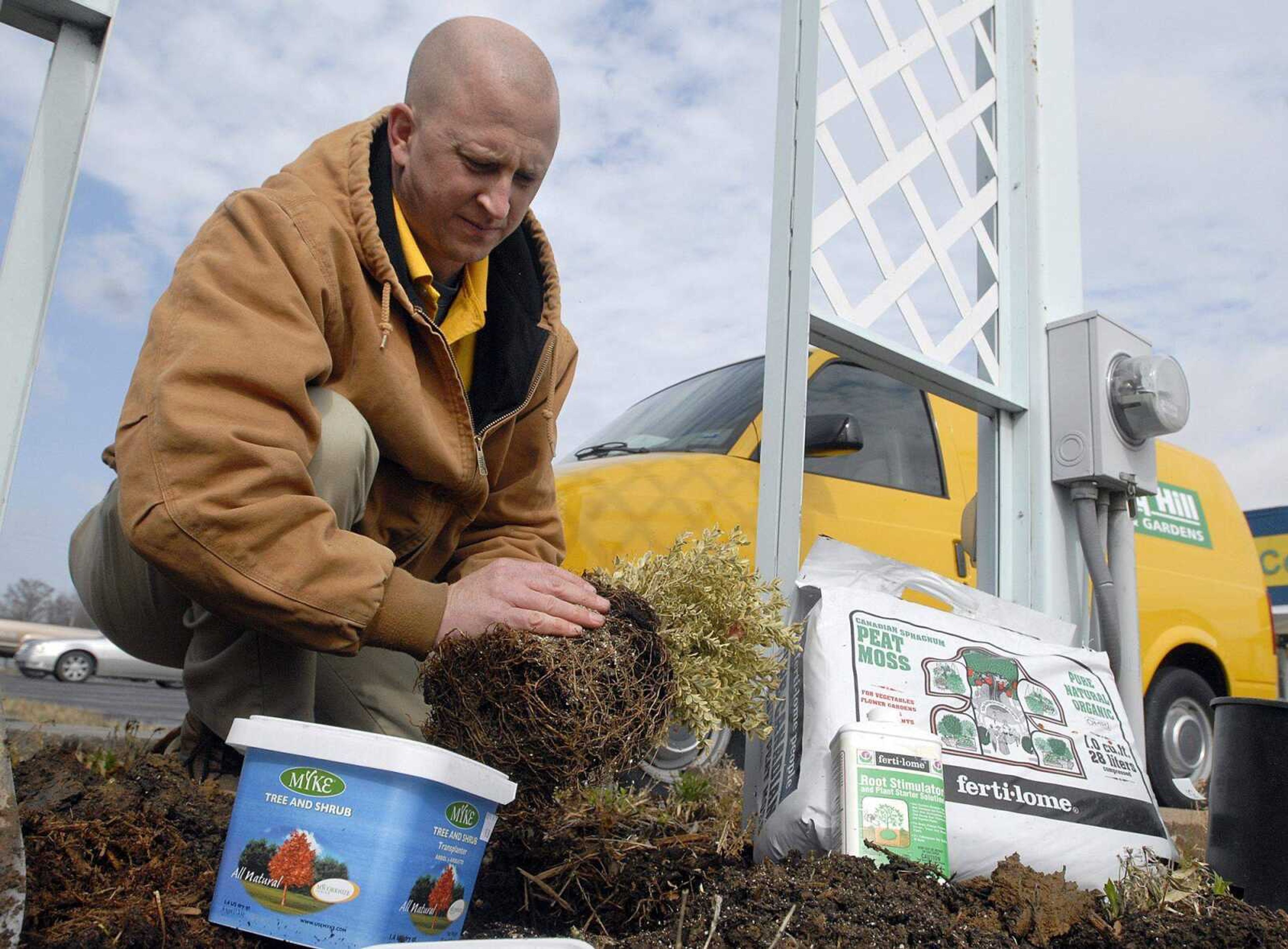Fungi, plant roots are better together
I was first introduced to mycorrhizae in a plant physiology class at the University of Missouri more than 45 years ago. It took me several tries before I could even spell the word. Since it was only mentioned in passing, I soon forgot about it. Now I see this word a lot in print because of the buzz about how it encourages plants to thrive...
I was first introduced to mycorrhizae in a plant physiology class at the University of Missouri more than 45 years ago. It took me several tries before I could even spell the word. Since it was only mentioned in passing, I soon forgot about it. Now I see this word a lot in print because of the buzz about how it encourages plants to thrive.
Mycorrhizae are soil-inhabiting fungi that develop a symbiotic relationship with plant roots. Both the fungi and plant roots can live independently of each other and survive, but when they grow together they both thrive.
Plants provide the fungi with sugars and other nutrients. They need these in order to multiply their mycelium (the body of the fungus) throughout the neighboring soil.
The mycorrhizae enhance the ability of plant roots to take up moisture and nutrients from the soil. When mycelium invade the soil, they twine around each soil particle, the storage facility for plant of nutrients. Since mycorrhizae are attached or actually grow inside plant roots, it is much easier for plant nutrients to move into plant roots with the help of mycorrhizae.
Mycorrhizal fungi are naturally found in soils that have not been disturbed by construction nor have been overfertilized. Because most landscape soils have been disturbed and many have been fertilized, the mycorrhizal populations are limited.
The easiest way to get mycorrhizae growing in your landscape soil is to incorporate them when you plant new plants into your landscape. It is just another step in the standard planting procedure I have written about in the past.
When planting, dig a hole two times the diameter of the root wad, but not any deeper. Incorporate peat moss with the soil you dig out of the hole in the ration of 2/3 soil to 1/3 peat.
Remove the plant from the pot and open up the root system with your hands or with a jet of water. Make sure that you wet the exposed roots so you can apply the proper amount of mycorrhizae granules to them. Do this by hand over the hole so any excess granules fall into the planting hole.
Next, backfill the hole with the peat/soil mix. Finally water with a solution of a root stimulator such as a 4-10-3.
I do have a word of caution about mycorrhizae. They are not all the same. There are many brands on the market of endomycorrhizae, ectomycorrhizae and ericoid mycorrhizae. The addition of the wrong mycorrhizae will not hurt your plants, but they will not help your new plants thrive.
Visit your local garden center to find out which brand you need to use with the plants you are installing in your landscape. One brand even offers a five-year warranty if used when planting woody plants.
The next time you plant trees or shrubs in your landscape, consider inoculating their roots with mycorrhizae. I think you will be pleasantly surprised on how much better your new addition will grow.
Send your gardening and landscape questions to Paul Schnare at P.O. Box 699, Cape Girardeau, MO 63702-0699 or by e-mail to news@semissourian.com.
Connect with the Southeast Missourian Newsroom:
For corrections to this story or other insights for the editor, click here. To submit a letter to the editor, click here. To learn about the Southeast Missourian’s AI Policy, click here.











